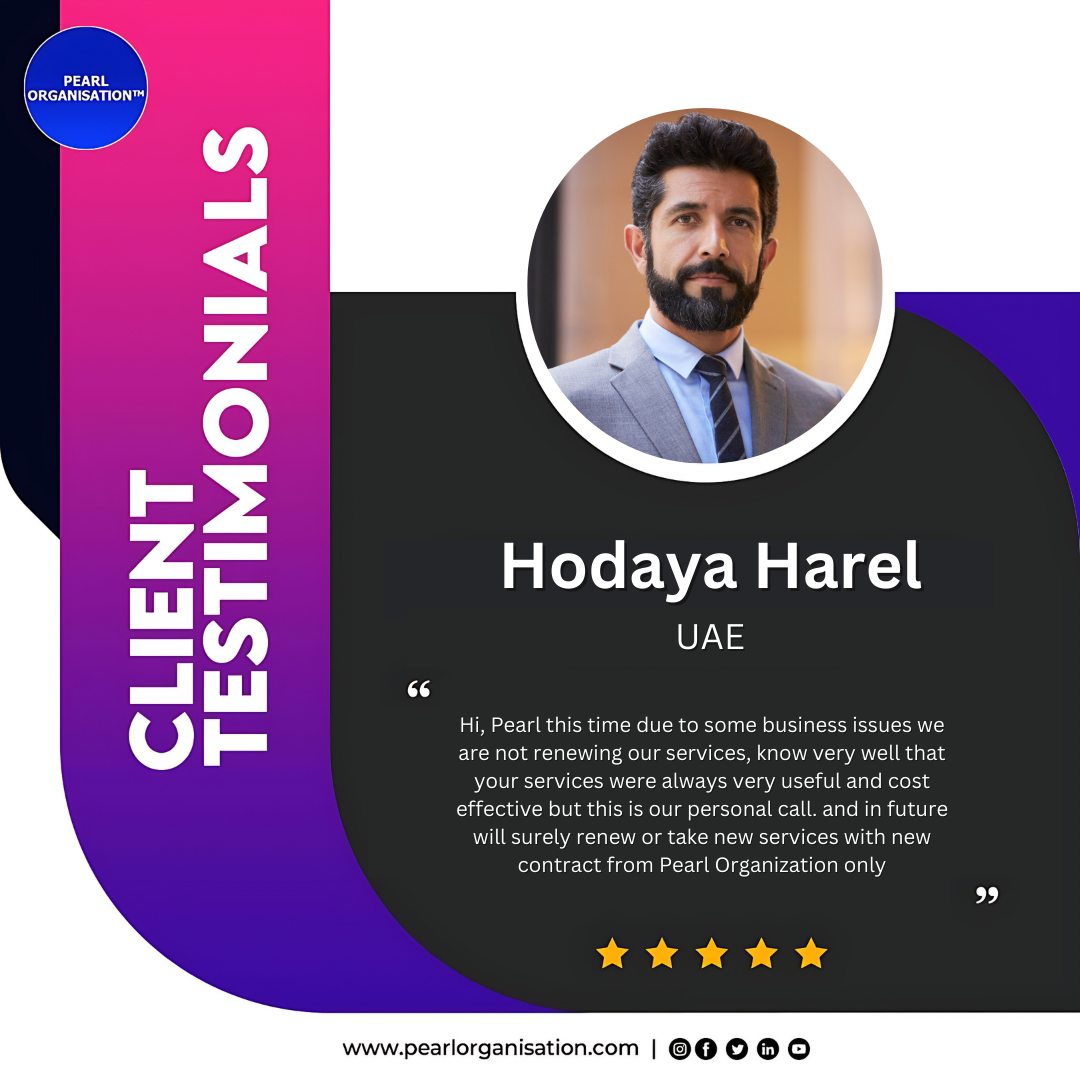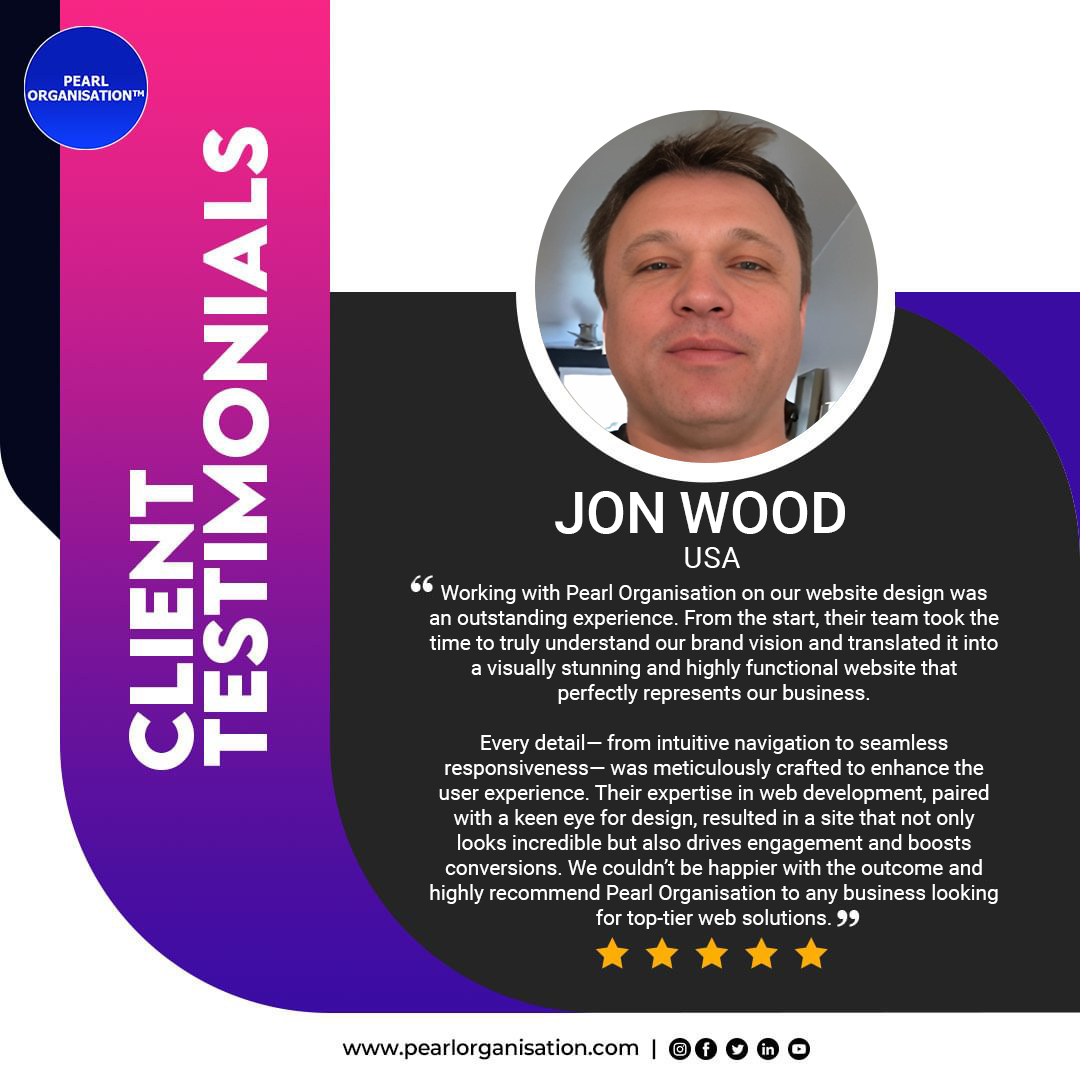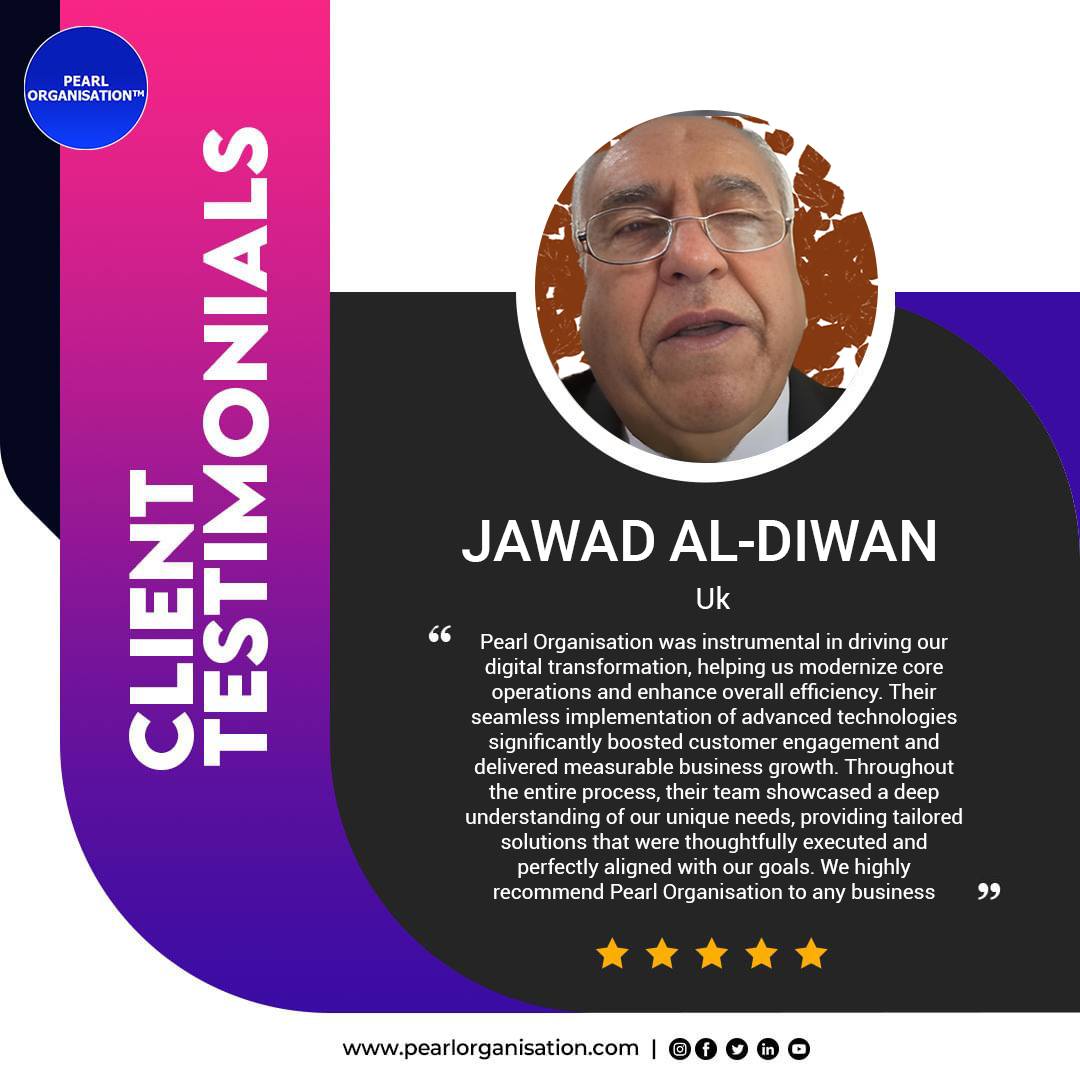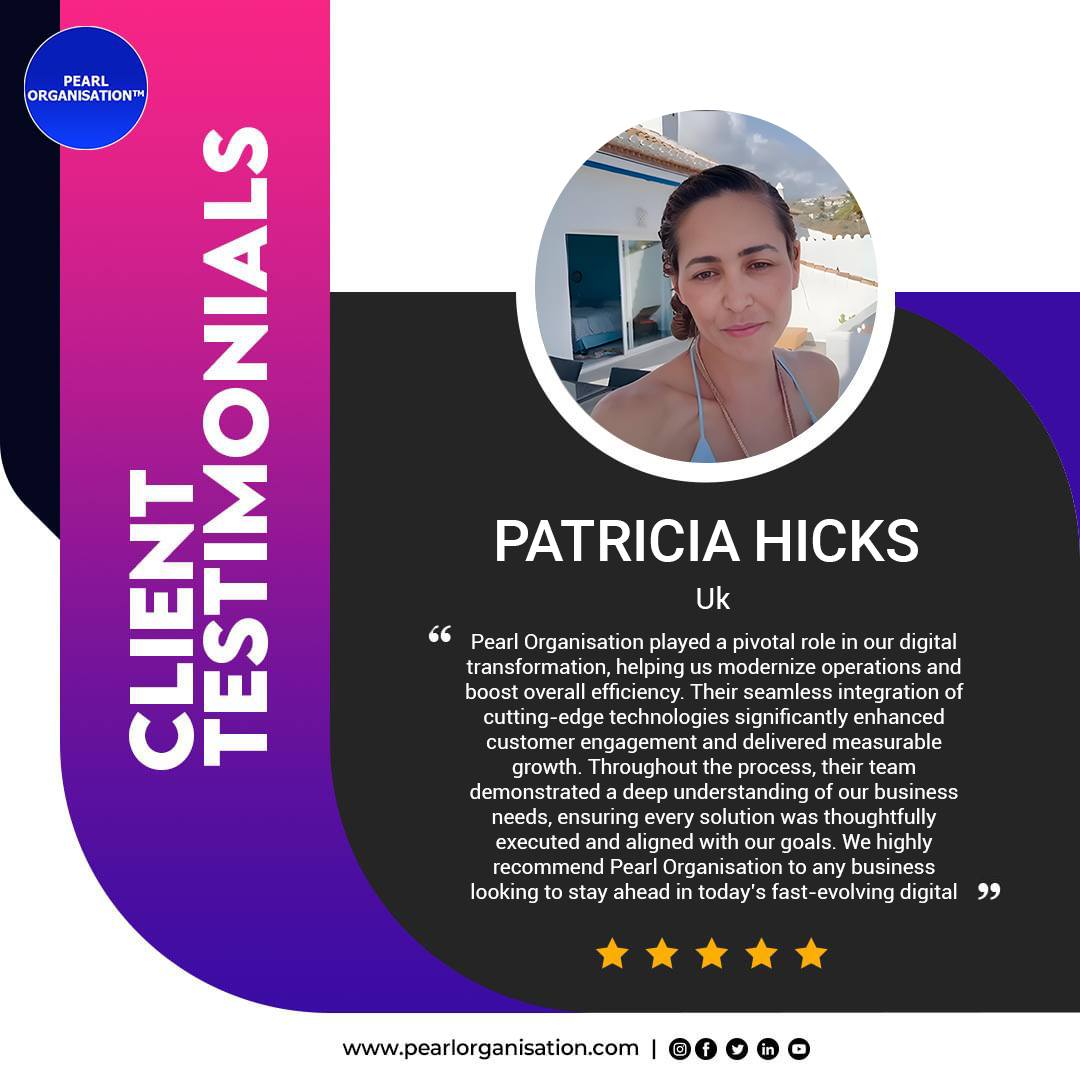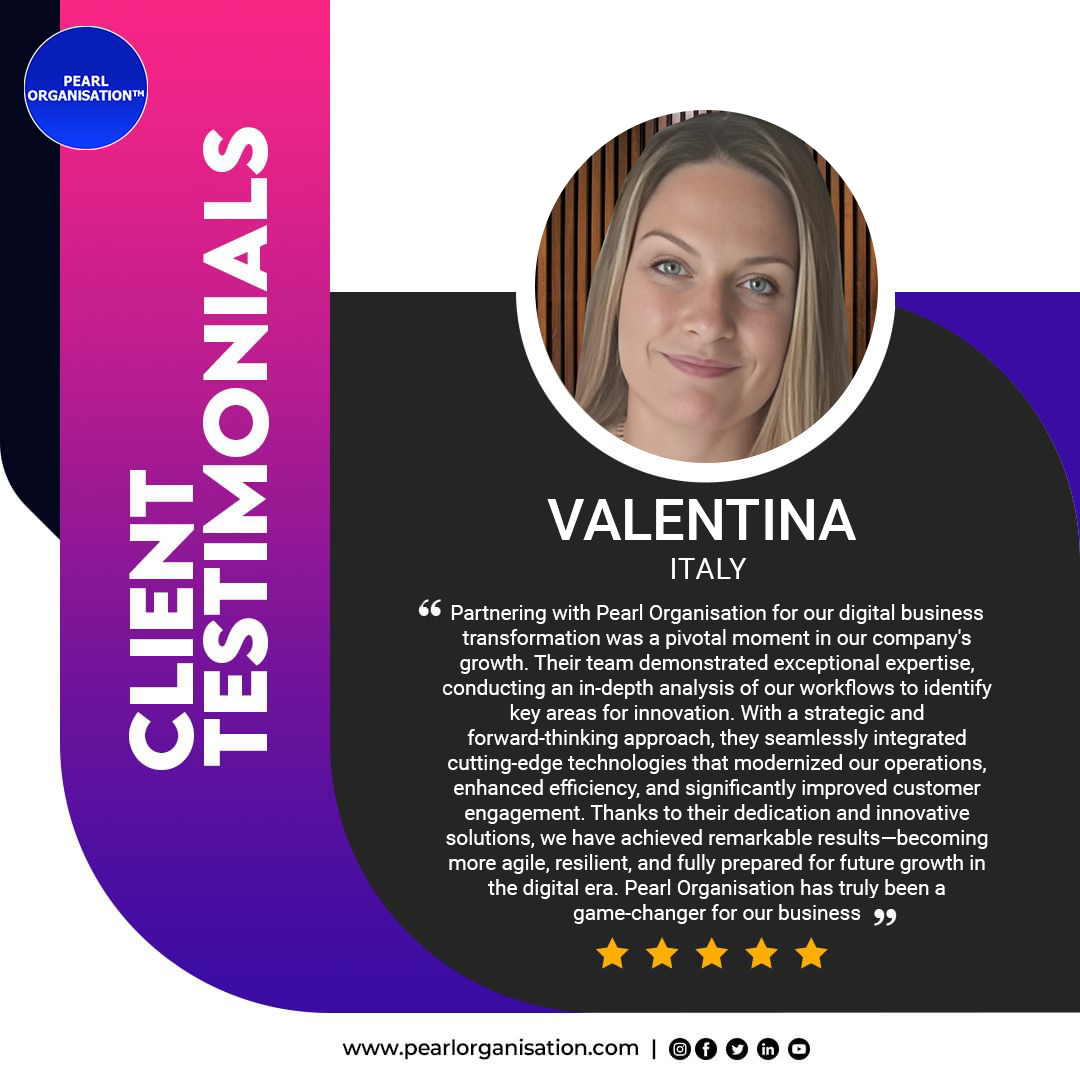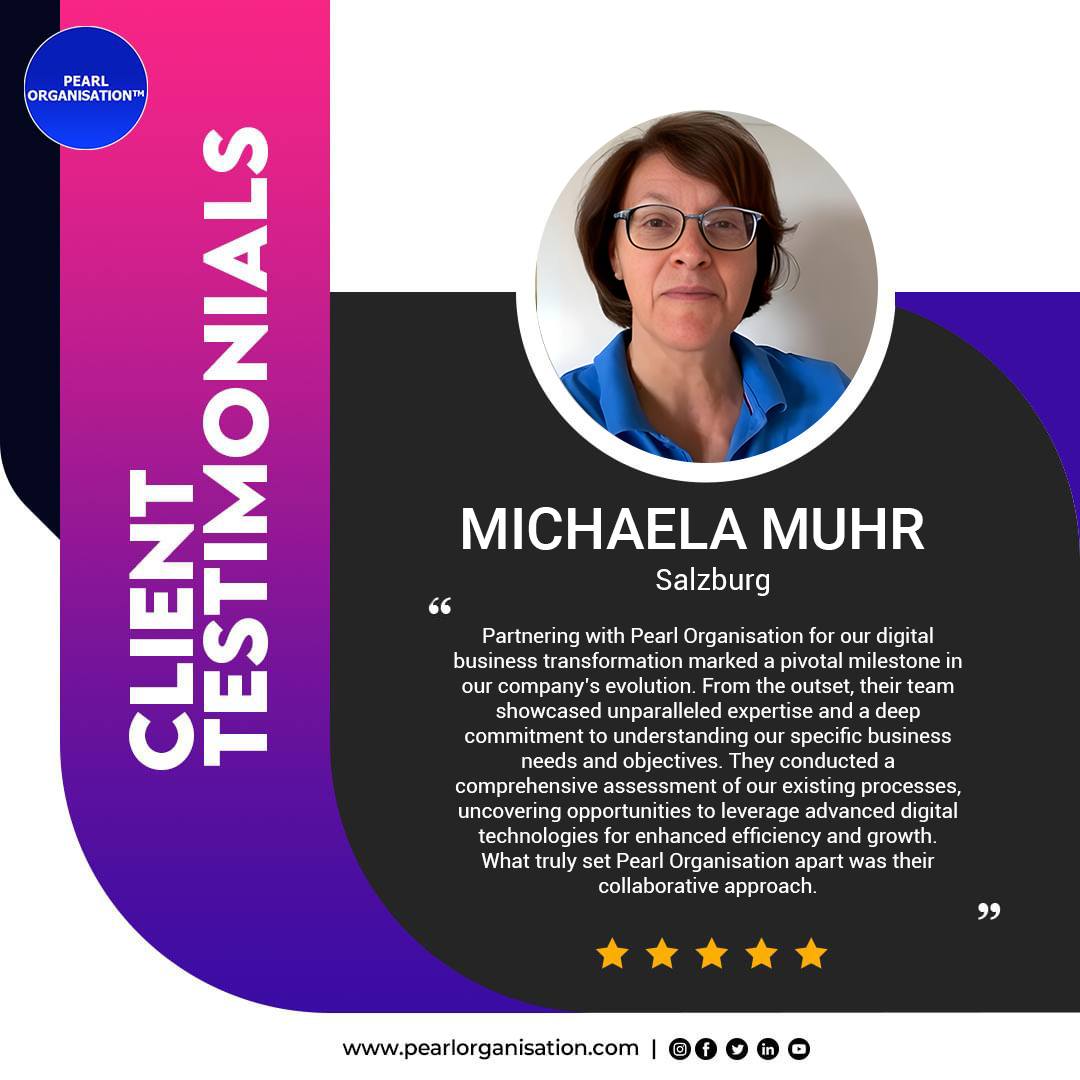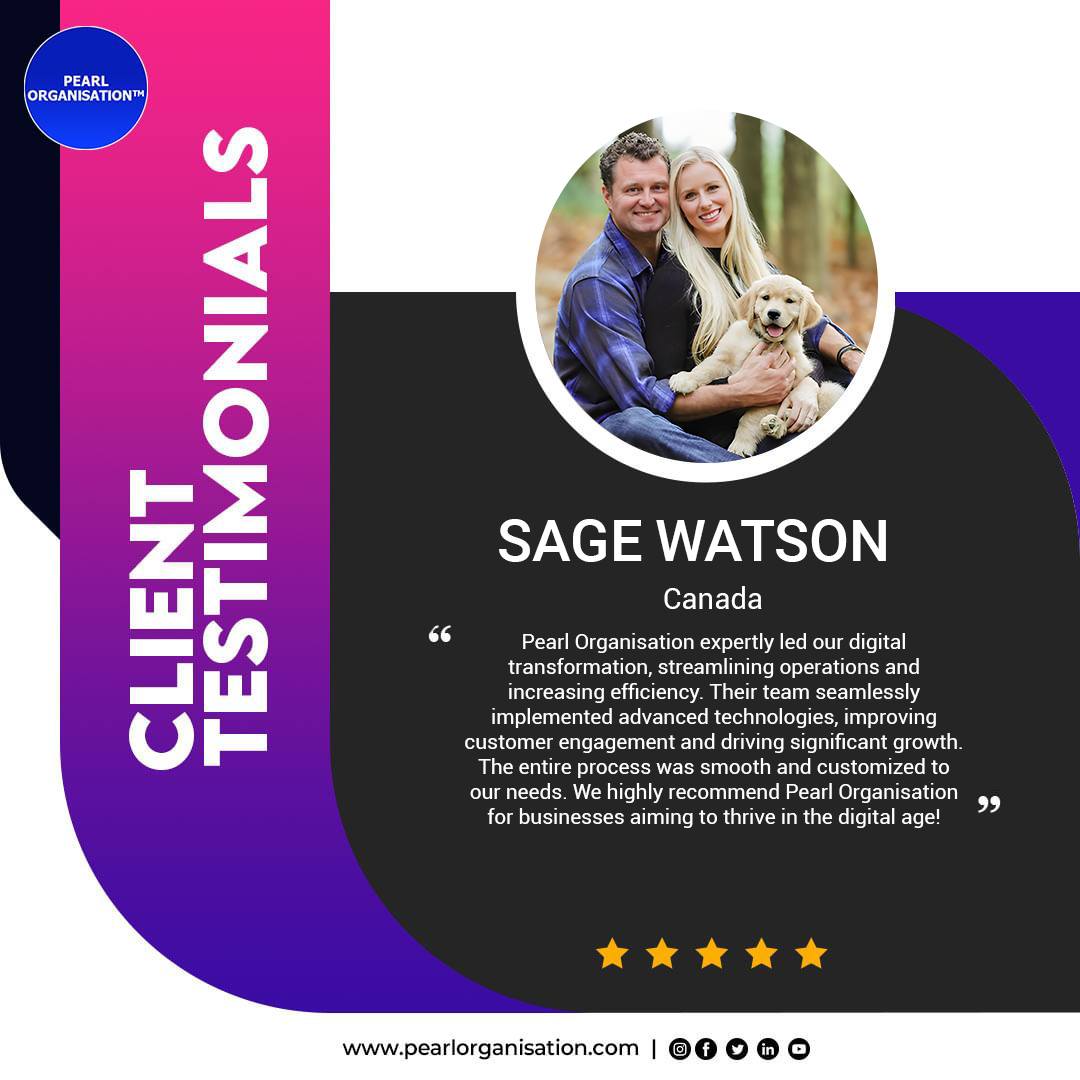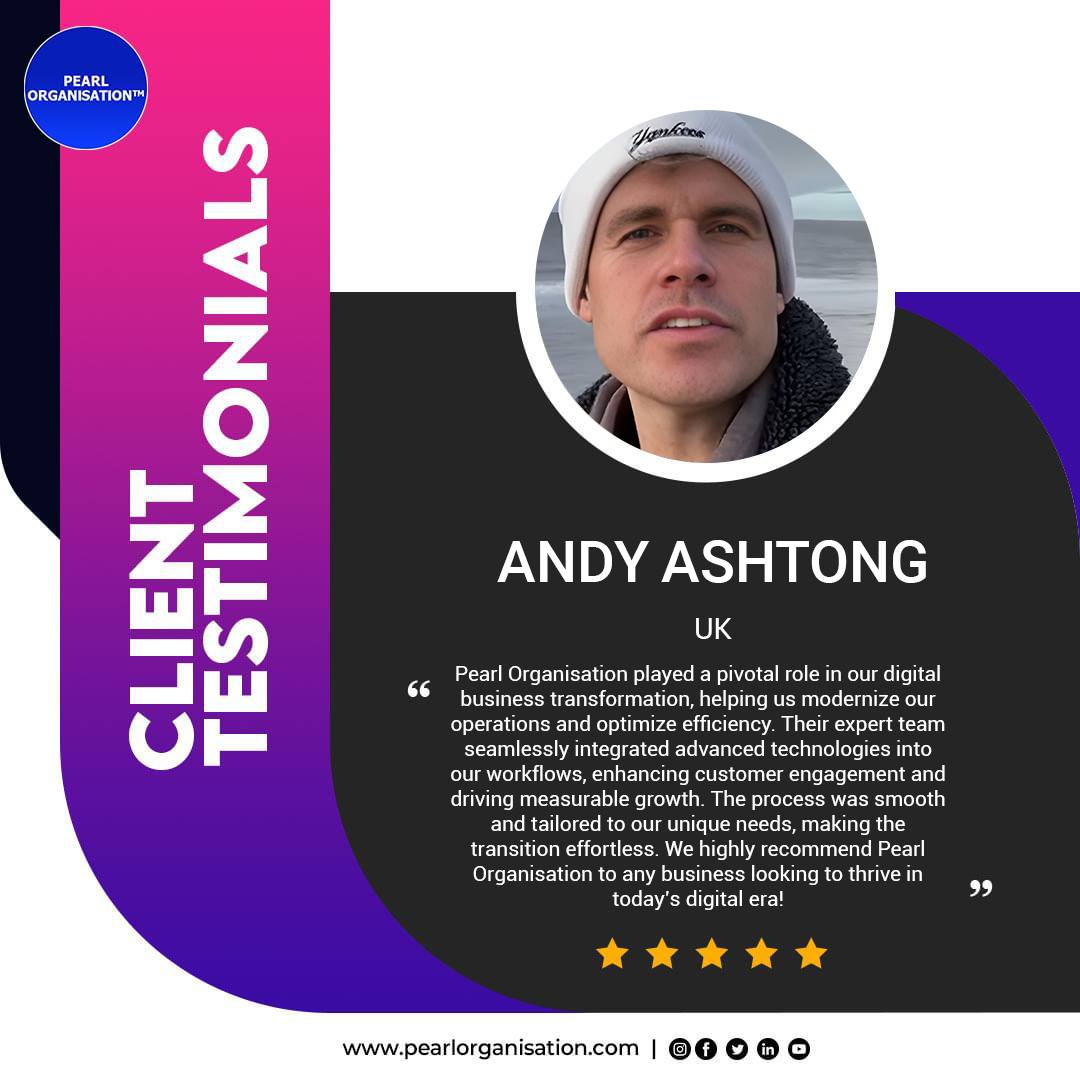Best Website Development Practices That Convert Visitors into Customers
- Larrisa

- Sep 26
- 8 min read

Introduction: From Digital Presence to Digital Profit
In 2010, having a website was a digital checkbox. In 2015, it became a digital catalog. By 2025, a website is expected to function as a revenue-generating, customer-converting machine.
Yet, here’s the reality:
90% of websites get little to no traffic.
Of the few that get traffic, only 2–3% convert visitors into paying customers.
The difference between a website that “exists” and one that “sells” lies in its development practices. It’s not just design or SEO — it’s about structuring, coding, and engineering a site to influence behavior, remove friction, and guide visitors to conversion.
At Pearl Organisation, we’ve seen startups turn into industry leaders simply by aligning their web development with conversion science. Let’s explore the practices that make this possible.
1. Architecture That Mirrors Customer Psychology
Most websites are built like IT projects, not like sales funnels. To convert, your website architecture must follow how customers think and act.
Path of Least Resistance: Users should reach key actions (contact, buy, demo) within 3 clicks.
Journey Mapping: Every page should answer: Where did this visitor come from, and where should they go next?
Contextual Linking: Instead of “random navigation,” build logical progressions: Homepage → Service → Case Study → CTA.
📌 Example: A healthcare platform Pearl Organisation worked with had scattered navigation. By restructuring flows around the patient journey, conversion rates rose from 1.2% to 4.9%.
2. Performance Engineering Beyond Speed
Yes, speed matters. But conversion-ready performance goes deeper:
Predictive Loading: Preload next-page content so navigation feels instant.
Micro-Interactions: Smooth animations guide attention without distracting.
Adaptive Content Delivery: Serving lighter versions of content for low-bandwidth regions.
👉 Think of it like a luxury hotel: it’s not just “fast service,” it’s service that anticipates needs. That’s what your website must feel like.
3. Designing for Trust at First Sight
Conversions are about trust. Research shows visitors form an impression within 0.05 seconds. If that impression isn’t professional, they leave.
Trust-Building Development Practices:
Consistent Visual Language: Colors, spacing, typography aligned to your brand promise.
Microcopy That Reassures: Little text under buttons like “Secure Checkout – No Hidden Fees.”
Frictionless Security: SSL, secure payment APIs, but without making forms feel intimidating.
📊 Edelman Trust Barometer found that 81% of consumers need to trust a brand before they buy from it.
4. Content Delivery That Feels Native to the User
Conversion doesn’t happen when users “read more” — it happens when content is delivered the way they expect.
Geo-Adaptive Content: Pages that adjust messaging based on location.
Role-Specific Messaging: Developers see technical specs, CEOs see ROI.
Dynamic CTAs: A first-time visitor sees “Learn More.” A returning visitor sees “Start Your Free Trial.”
This requires intelligent development frameworks — not static HTML pages.
5. Emotional UX: Converting by Feeling, Not Just Logic
Customers rarely convert because of logic alone. They convert when the experience feels right.
Color Psychology in CTAs: Green for “go,” blue for trust, orange for urgency.
Journey Momentum: Celebratory messages after small actions (e.g., “Step 1 complete! You’re closer to your free consultation.”).
Empathy in Forms: Microcopy like “We hate spam too, your email is safe.”
📌 Pearl Organisation re-engineered a financial services website with empathetic UX. Result: 41% increase in form completion rates.
6. Eliminating “Conversion Dead Ends”
Every page should have a purpose. Pages without next steps = dead ends.
Blog pages should link to services.
About pages should link to trust signals (case studies, awards).
Error pages (404) should redirect to top services, not just say “Oops!”
👉 Development isn’t done when the page loads. It’s done when every page is designed to move visitors closer to conversion.
7. Smart Form Engineering: Less is More
Forms are the final gate to conversion, and often the biggest failure point.
Best Practices:
Keep forms short (reduce from 7 fields to 3 if possible).
Use conditional logic (only show fields relevant to the user).
Auto-fill from browser/saved data to reduce typing.
Offer alternative contact options (WhatsApp, chatbot, quick call buttons).
📊 Unbounce research: Reducing form fields from 11 to 4 increased conversions by 120%.
8. Leveraging Behavioral Analytics in Development
Building websites isn’t just about launch — it’s about continuous learning.
Heatmap Integration: See where users click, scroll, and exit.
A/B Testing Frameworks: Development must support rapid testing of headlines, layouts, and CTAs.
Event Tracking: Instead of only page views, track micro-actions (hovering on CTAs, time spent on pricing tables).
👉 Pearl Organisation integrates analytics hooks directly in development so businesses can evolve faster.
9. Accessibility as a Conversion Driver
Accessibility is not just a compliance checkbox — it’s a conversion opportunity.
15% of the world’s population lives with some form of disability.
Accessible sites rank better on Google, reduce bounce rates, and increase reach.
Development Practices for Accessibility:
📌 An accessible e-commerce site Pearl Organisation built increased total sales by 18%, largely from previously underserved customers.
10. Future-Proofing with Scalable Development
Conversion is not a one-time goal. As businesses grow, so do customer expectations.
Modular Codebases: So features can be added without rebuilding.
API-First Development: Ensures easy integration with future CRMs, ERPs, or AI tools.
Cloud-Native Infrastructure: Scales automatically with traffic surges.
📊 Gartner predicts that by 2026, 75% of websites will use headless or composable architecture to stay flexible and scalable.
👉 Building for today is easy. Building for tomorrow is what converts sustainably.
Case Story: From Website to Growth Engine
Client: A mid-sized B2B consultancy.
Problem: Website looked good but generated almost no leads.
Pearl Organisation Solution:
Rebuilt architecture around buyer journey.
Integrated geo-adaptive content.
Simplified forms and added dynamic CTAs.
Embedded heatmaps + A/B testing framework.
Results in 9 months:
Bounce rate ↓ 52%
Average session time ↑ 67%
Qualified leads ↑ 4.2X
Conversion rate ↑ 3.6X
👉 Their website went from a “digital brochure” to their #1 sales channel.
Why Pearl Organisation Leads in Conversion-Driven Web Development
🌍 Global Experience: 18,000+ websites across industries and geographies.
🎯 Conversion Engineering: Every element — design, code, UX — aimed at sales.
🤖 AI-Enhanced Development: Personalized, dynamic experiences for each visitor.
📈 Data-Backed Growth: Continuous optimization, not one-time delivery.
🔒 Security + Compliance: Safe, scalable, and future-ready builds.
We don’t just create websites. We create growth engines.
Conclusion: The New Standard of Website Development
A beautiful design can impress.
A fast website can attract.
But only a conversion-driven website turns visitors into customers.
By combining psychology, technology, and continuous optimization, businesses can transform websites into the most reliable salesperson they’ll ever have.
🚀 Ready to make your website a conversion powerhouse?
👉 Partner with Pearl Organisation – The Best Website Development Company and watch your visitors turn into loyal customers.
FAQs:
1. What makes a website “conversion-ready”?
A website is “conversion-ready” when it is designed not just to look appealing but to guide visitors through a clear journey that ends in action — buying, booking, or contacting.
Key factors include:
Clear value proposition above the fold.
Fast load times (under 3 seconds).
Trust signals like reviews, certifications, and case studies.
Action-oriented CTAs placed strategically.
📊 According to HubSpot, conversion-focused websites generate 200% more leads than generic brochure sites.
2. How important is website architecture for conversions?
Very important. Poorly structured websites confuse visitors and increase bounce rates.
Logical Flow: Visitors should reach critical actions within 3 clicks.
Funnel Alignment: Homepage → Service/Offer → Social Proof → CTA.
Content Hierarchy: Headlines that hook, subheadings that explain, and CTAs that close.
👉 Pearl Organisation designs site architecture to mirror customer psychology, ensuring smoother conversions.
3. Why does mobile-first development impact conversions?
Because over 60% of global traffic comes from mobile devices (Statista, 2024). A desktop-only website ignores the majority of your visitors.
Mobile-first indexing = Google ranks based on mobile version.
Tap-friendly CTAs increase form fills.
Fast mobile pages reduce abandonment rates by 53%.
📌 Example: Pearl Organisation improved a retail client’s conversions by 34% after redesigning their site with mobile-first principles.
4. Do website load speeds really affect sales?
Yes — dramatically.
A 1-second delay in load time reduces conversions by 7% (Akamai).
53% of visitors leave if a mobile site takes longer than 3 seconds to load (Google).
Best practices:
Compress images, use lazy loading, and adopt CDNs.
Optimize server response time.
👉 Conversion-driven development is incomplete without performance engineering.
5. What role does trust play in website conversions?
Trust is the foundation of conversions. If visitors doubt your credibility, they won’t buy.
Trust signals include:
SSL certificates and visible security badges.
Genuine customer testimonials.
Partner logos, certifications, and awards.
Transparent pricing and policies.
📊 Edelman found 81% of consumers only buy from brands they trust.
6. Should every page on a website have a CTA?
Yes — but not every CTA should be a “Buy Now” button.
Blog posts can direct to case studies.
Service pages can guide to consultations.
Error (404) pages can suggest top services.
👉 A “dead-end” page is a wasted opportunity. Conversion-focused development ensures every page has a purpose.
7. How do forms influence website conversions?
Forms are often the biggest friction point.
Best practices:
Keep them short (3–5 fields).
Use conditional logic to hide irrelevant questions.
Offer autofill and alternative contact methods.
Reassure users with microcopy (“Your data is 100% secure”).
📊 Unbounce found that reducing form fields from 11 to 4 increased conversions by 120%.
8. What is “conversion copywriting” in web development?
It’s the practice of writing content and microcopy that persuades visitors to take action.
Examples:
“Start My Free Trial” instead of “Submit.”
“Secure Checkout – No Hidden Fees” under payment buttons.
Headings that highlight benefits, not just features.
👉 At Pearl Organisation, development integrates copywriting principles directly into design to increase conversions.
9. How does behavioral analytics improve conversions?
Behavioral analytics reveals why visitors don’t convert.
Tools like Hotjar or CrazyEgg show:
Heatmaps of where users click.
Scroll depth (where they drop off).
Rage clicks (frustrated user behavior).
👉 Integrating analytics in development allows businesses to test and refine until conversions rise.
10. What is “dynamic personalization” in websites?
It’s when websites adjust content based on the visitor’s behavior, location, or history.
Examples:
Returning visitors see different CTAs (“Welcome back! Ready to finish your demo?”).
Visitors from India see INR pricing; US visitors see USD.
CEO roles see ROI-driven messaging; developers see technical specs.
📊 Epsilon reports that 80% of consumers are more likely to buy from brands offering personalized experiences.
11. Do animations and micro-interactions improve conversions?
Yes, when used correctly. They create visual cues and emotional engagement.
Examples:
Buttons that animate on hover encourage clicks.
Progress bars during checkout reduce drop-offs.
Subtle transitions make navigation feel smoother.
⚠️ Overuse, however, slows down websites and distracts visitors. Pearl Organisation uses conversion-driven micro-interactions.
12. How does accessibility boost conversions?
Accessibility ensures inclusivity — and inclusivity widens reach.
15% of the global population lives with disabilities.
Accessible sites reduce bounce rates and improve SEO rankings.
Features like alt text, ARIA roles, and keyboard navigation improve usability for everyone.
📊 An accessible site Pearl Organisation built for an e-commerce client boosted conversions by 18% within 6 months.
13. Can storytelling on websites improve sales?
Yes. Humans buy on emotion, then justify with logic.
👉 Storytelling creates emotional trust, making CTAs more persuasive.
14. What’s the role of future-proofing in conversion-driven development?
A high-converting website today can fail tomorrow if it’s not scalable.
Future-proofing practices:
API-first development for integrations.
Modular architecture for adding new features.
Cloud-native hosting for handling traffic surges.
📊 Gartner predicts 75% of websites will adopt composable or headless architecture by 2026.
15. How much does it cost to build a conversion-optimized website?
Costs vary based on size, complexity, and features. On average:
👉 The ROI, however, often exceeds the cost. A properly optimized site can double or triple lead generation within 12 months.





























